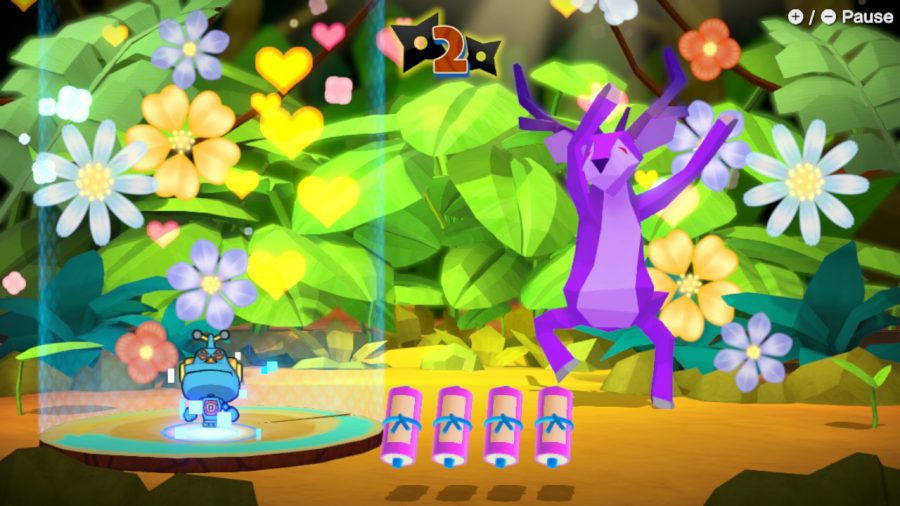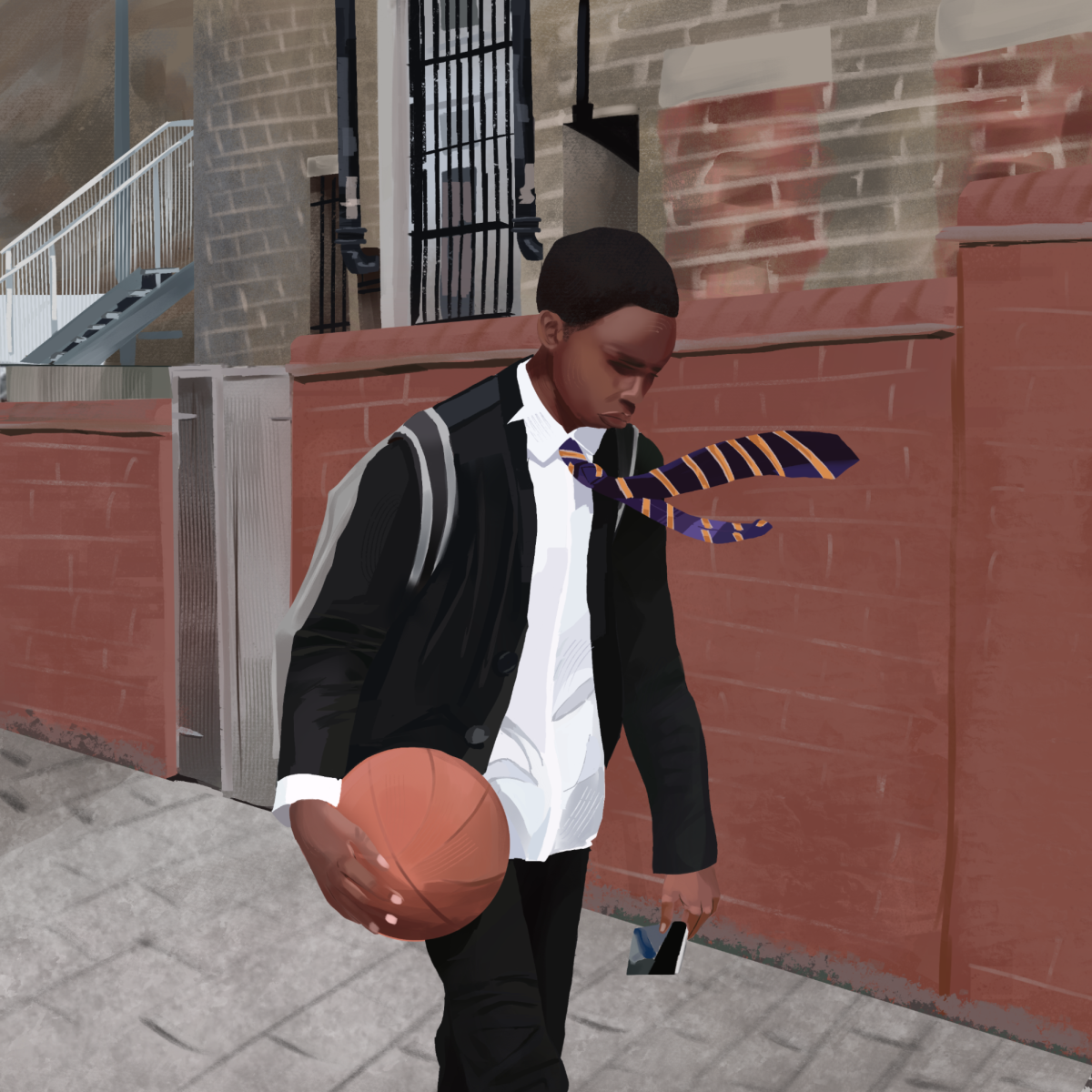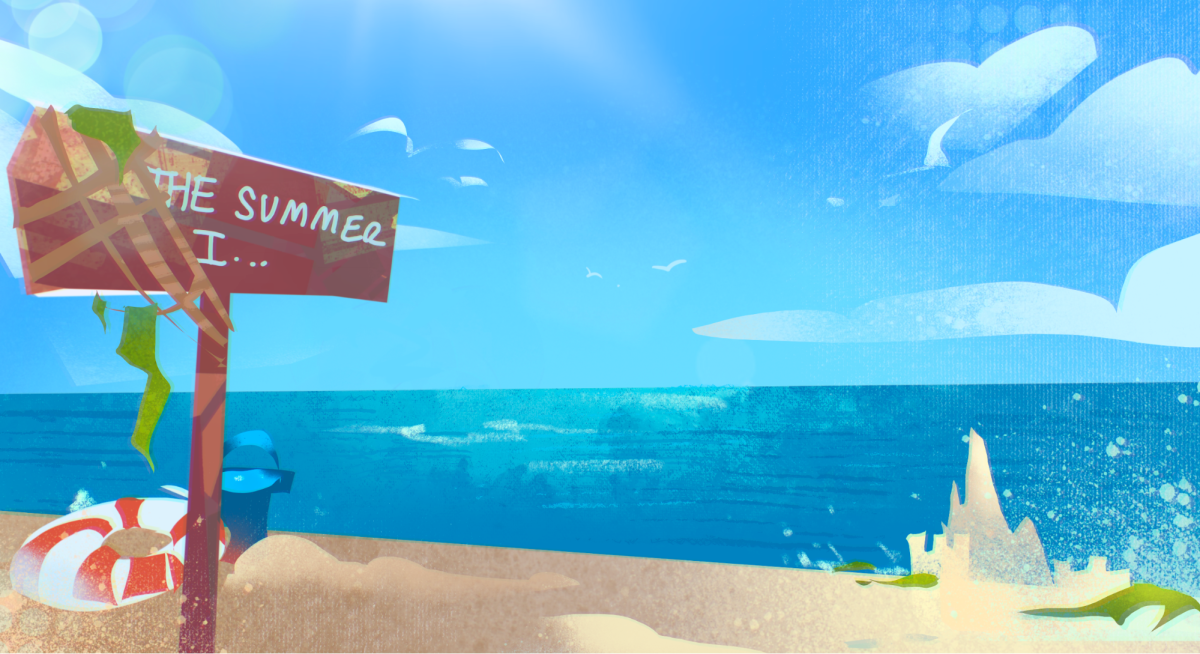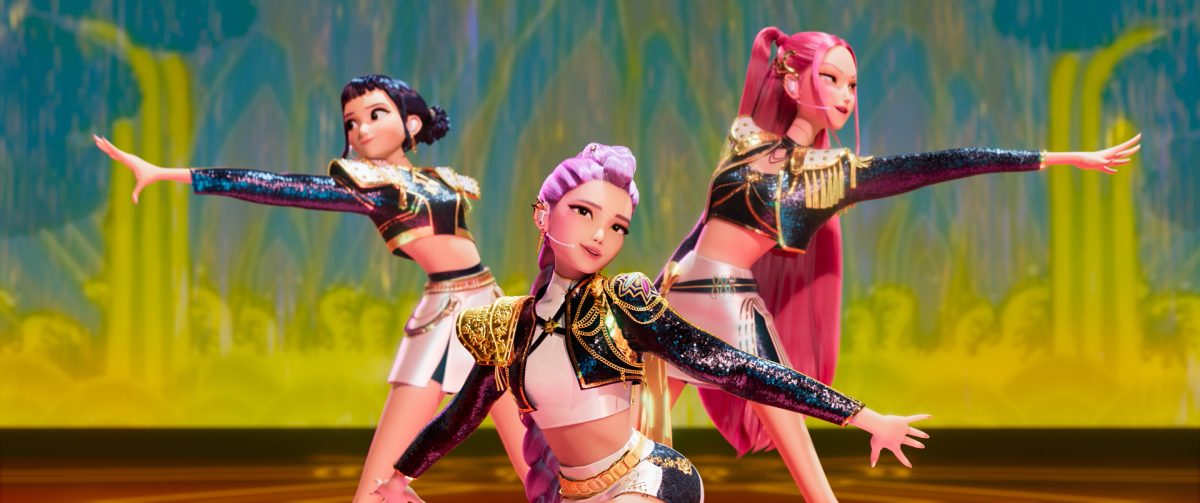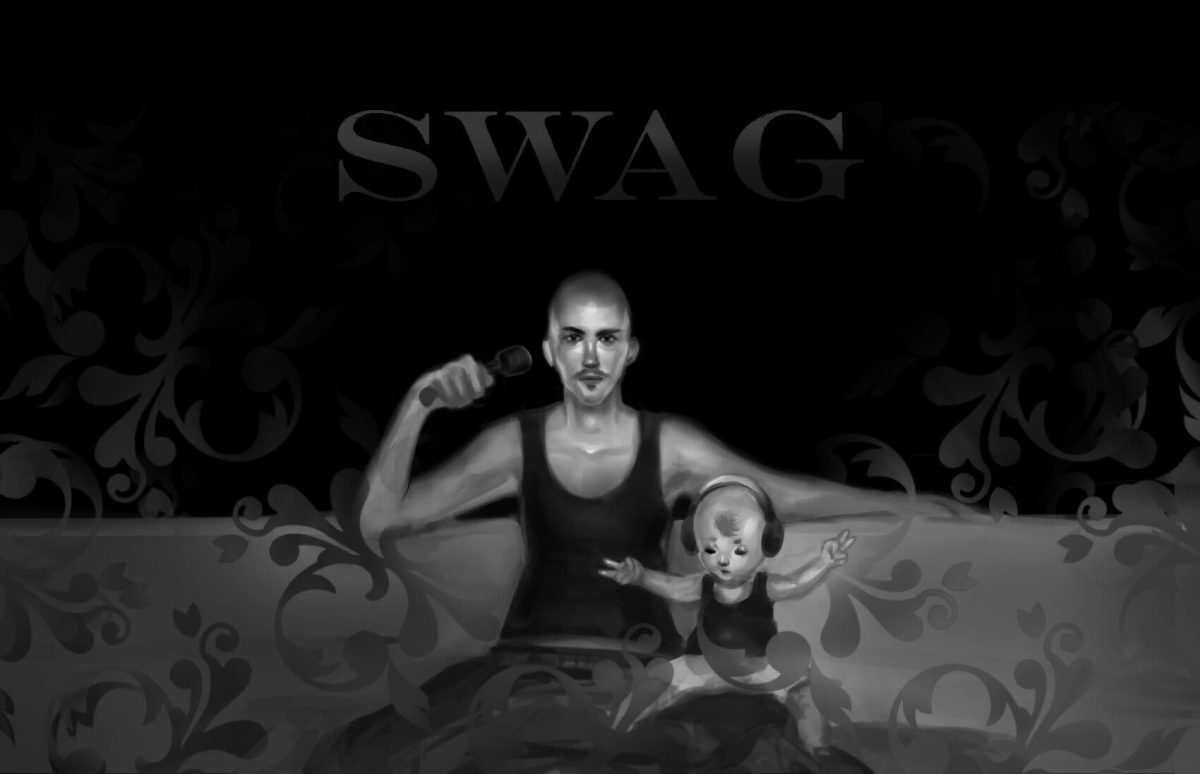At the bustling office in Diamond City, president Wario — the iconic stout, yellow-capped character — proudly calls for the attention of his hardworking staff and announces the launching of the company’s new video game.
The entire team eagerly looks over Wario’s shoulders as he tries out the finished product but out of the blue, a quirky bug pops out and absorbs the crew into the game’s arcade settings.
Then the title rolls in: “WarioWare: Get It Together!”
Succeeding the “WarioWare” legacy, which first began in 2004 on the Nintendo Game Boy Advance console, the ninth installment, released Sept. 10 worldwide, brings to longtime fans and new audiences alike a fresh set of party games and unique characters.
For audiences unfamiliar with the “WarioWare” franchise, the series generally centers on the main character Wario who competes in short, comedic minigames, or “microgames,” to win tokens for prizes.
Specifically for “WarioWare: Get It Together!” the game offers a plethora of modes for players to engage in; this ranges from the story mode, a narrative in which the yellow-capped protagonist combats the game bugs and saves his teammates to “Play-o-pedia,” a setting in which players can freely try out short microgames of their choice.
Players can try exploring the multiple settings offered in the game but should first start with following the story mode.
In a sense, playing the story mode as Wario absorbed in his company’s game almost feels like experiencing the world of the 2019 film “Jumanji: Welcome to the Jungle.” Both share the narrative of the protagonist being sucked into the video game by accident and fighting to survive its way out.
“WarioWare: Get It Together!” allows players to experience for themselves the thrills of trying to escape a digital world filled with monsters and villains.
The pixelated images and 2D characters give the game “90s” arcade ambience, heightening the trapped-in-a-game atmosphere; on top of that, the synthesized, electronic music in the background replicates the sounds often heard in arcade rooms.
Some other creative elements include the little comic skits featured in each level that introduce new characters. Passing descriptions of the characters, such as “Young cricket: this devoted student of the martial arts diligently trains under master mantis,” may seem trivial but do provide small laughs in between the games.
Small laughs — this is the critical problem. In spite of its unique, creative features, the game comes out to be rather rudimentary and over the top simple.
Even without much previous experience with Nintendo or other console games, the little microgames come out to be too easy, meaning the levels can be solved with neither challenge nor effort.
For example, the concept “Game Over” is usually detrimental to the record the player manages to build over time, usually forcing them to start from the beginning, but for “WarioWare: Get It Together!,” players immediately receive a second try without losing any of their records even after the fearful “Game Over” sign pops up.
Spoon-feeding players free victories and wins detract the purpose of challenging themselves to defeat bosses and complete stages.
Without any incentive to put in the extra effort, players immediately lose the thrill that comes from games because nothing is really at stake for the characters.
The same goes for the weak storytelling. Despite the creative concept of Wario drawn inside his own video game, the narrative does not progress further than that. Unlike other Nintendo Switch games such as “The Legend of Zelda: Breath of the Wild,” which shows the protagonist’s gradual character development throughout his journey, Wario himself has no substance besides his little nametag — “Special ability: Dashes and hovers with a cool jet pack — oh yeah!”
These flaws all add to one common problem: “WarioWare: Get It Together!” is boring. Except for some unnoticeable variations, nearly every level has the same concepts: play microgames, defeat bosses, earn coins for completing levels, unlock new characters and then the next level.
The monotony of repeating the same minigames proves that it lacks in every way the merit a game needs most — entertainment.
Remember playing the famous “Flappy Bird” in the grade school years? That is the type of unwanted nostalgia that “WarioWare: Get It Together!” brings upon players with its mindless puzzles which cannot possibly be fascinating to teenagers or adults.
But perhaps this may be why the front of the $50 game pack reads: “Everyone 10+.”
“WarioWare: Get It Together” in no way can satisfy the standards of the mature mind but may be the right present to give younger cousins for the holiday season.



